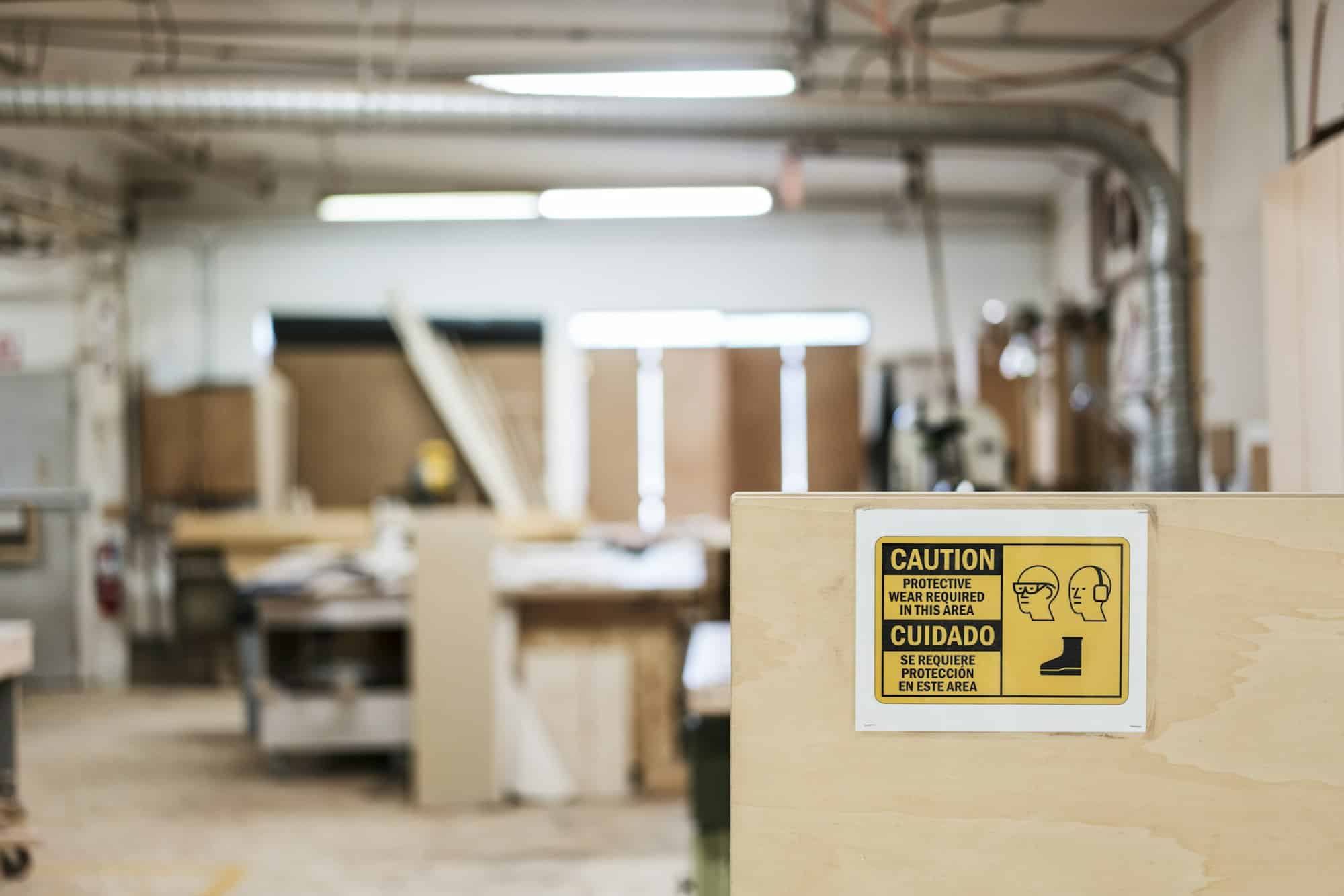As Yamaha YZF-R1 owners, you know the importance of regular maintenance for ensuring the longevity and performance of your machine. One such critical maintenance task is adjusting the valve timing. It may sound daunting to some, but with a bit of know-how and patience, it’s a task you can undertake in your garage with the right tools. This article will delve into the specifics of adjusting valve timing on a Yamaha YZF-R1, discussing the role of various components including the valve, cylinder, crankshaft, cam, and more.
Understanding the Importance of Valve Timing
Before we dive into the process of adjustment, it is helpful to understand the value of correct valve timing. In your Yamaha YZF-R1’s engine, the valves play a crucial role. They facilitate the intake of a mixture of air and fuel into the engine’s cylinder and the exhaust of burnt gases. The timing of these valves opening and closing – intake and exhaust – is pivotal to the efficient operation of your engine.
Also to read : How do I check and refill the brake fluid on a Honda NC750X?
Incorrect valve timing can result in poor engine performance or even engine damage. Hence, its adjustment is part of the essential service and maintenance regime for your Yamaha YZF-R1.
Checking the Current Valve Timing
Now, how do you check the valve timing on your Yamaha YZF-R1? The process involves inspecting the positioning of the crankshaft, cam, and valve. You’ll need your Yamaha service manual as a guide, which provides a detailed explanation of the engine and valve system, including diagrams for a visual guide.
Also read : What is the process to replace the alternator belt on a BMW R1200RT?
Firstly, remove the engine’s top cover to expose the camshaft and valves. Then, align the marks on the crankshaft to TDC (Top Dead Center) of the compression stroke. At this point, the intake and exhaust valves should be closed, and the piston should be at the peak of its stroke within the cylinder.
Check the alignment of the camshaft marks with the engine’s top edge. If these marks align, the valve timing is correct. If they don’t align, you’ll need to adjust the valve timing.
Adjusting the Valve Timing
Assuming your check indicated a need for adjustment, here’s a brief rundown of the process for adjusting the valve timing on your Yamaha YZF-R1. Always refer to your service manual and make sure you have the necessary tools at hand.
Start by removing the cam chain tensioner to free the cam chain. Then, carefully remove the camshafts, keeping track of the order and position of the various components. You’ll then be able to adjust the positioning of the camshaft sprocket on the chain, which alters the timing of the cam and, therefore, the valves.
Once you’ve made the necessary adjustments, reassemble the engine parts in reverse order of removal. Make sure to use fresh engine oil where required and observe the correct torque settings for all bolts and nuts.
Verifying the Adjustment
After making the adjustments, it’s important to verify that the new valve timing is correct. Again, align the crankshaft to TDC of the compression stroke and check the alignment of the camshaft marks.
Perform a thorough inspection to ensure everything is in its correct place and properly tightened. Once everything checks out, replace the engine cover. It’s recommended to start the engine and let it warm up, then check for unusual noises.
Regular Service and Maintenance
Adjusting the valve timing on your Yamaha YZF-R1 is just one aspect of its regular service and maintenance. As an owner, you should regularly check your engine oil, tyre pressure, brake system, and more. The Yamaha service manual is an invaluable resource in this regard, providing detailed instructions for various maintenance tasks.
Keeping your bike well-maintained ensures optimum performance and longevity. It also fosters a deeper understanding and appreciation of your Yamaha YZF-R1, enhancing your overall riding experience.
Remember, if you ever feel uncomfortable performing any maintenance tasks, don’t hesitate to schedule a service appointment with a professional mechanic. Your Yamaha YZF-R1 is a high-performance machine, and it deserves the utmost care.
Insights on the Valve Clearance Check
Before performing a valve timing adjustment, it’s wise to do a valve clearance check. This is a vital step as it ensures that the valves are not too tight or loose, which can cause serious engine damage. The valve clearance refers to the small gap between the cam lobes and the valve’s stem. If this gap is not within the specified range in your Yamaha service manual, it will affect the opening and closing of the intake valve and exhaust valve, leading to poor engine performance.
To check the valve clearance on your Yamaha YZF-R1, start by removing the spark plugs and the cylinder head cover. This provides access to the camshaft and valves. Using a feeler gauge, measure the clearance between the cam lobes and the valve stems. The measurements should fall within the specifications provided in the service manual. If they don’t, you’ll need to adjust the valve clearance before proceeding with the valve timing adjustment.
Ensure all moving parts are clean and lubricated with engine oil. Once the check is done, reassemble everything carefully. If you’re unsure about any steps, seek mechanical help from forum members or experienced mechanics.
Tips for Regular Maintenance and Troubleshooting
As a Yamaha YZF-R1 owner, you need to understand that regular maintenance is not limited to adjustments and oil changes. It’s about ensuring that every part of your bike is in prime working condition, including the air filter, spark plugs, and the cam sprockets.
Cleaning or replacing your air filter, for example, is crucial as it ensures that your engine receives clean air for combustion. This goes hand in hand with checking and adjusting the valve timing and clearance. You should also regularly inspect the spark plugs for wear or damage as they play a key role in ignition.
The Yamaha service manual offers comprehensive guidance on all these tasks. However, don’t hesitate to click expand on your knowledge by joining Yamaha YZF-R1 forums and interacting with other owners. They can provide tips, share experiences, and offer troubleshooting advice when necessary.
Conclusion
Valve timing adjustment is a critical aspect of maintaining your Yamaha YZF-R1 for optimum performance and longevity. Despite its intricacy, it’s a task you can successfully undertake with patience, the right tools, and a comprehensive service manual. Remember, routine checks on various parts, including valves, cylinder, cam, air filter, and spark plugs, are integral to the overall health of your bike. Should you encounter any challenges, don’t hesitate to seek mechanical help or advice from experienced forum members. Your Yamaha YZF-R1 is a high-performance machine that deserves the utmost care, and you’re the caretaker.






